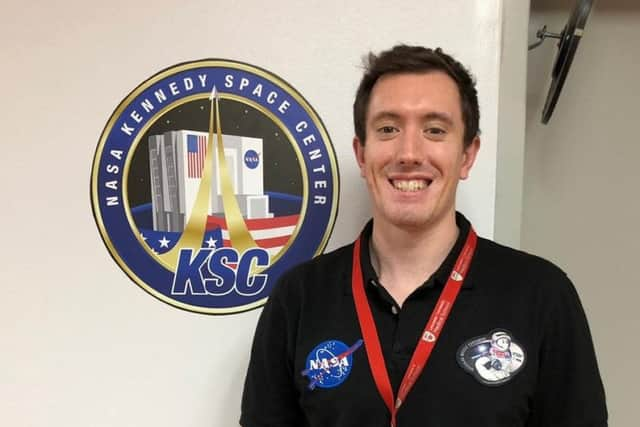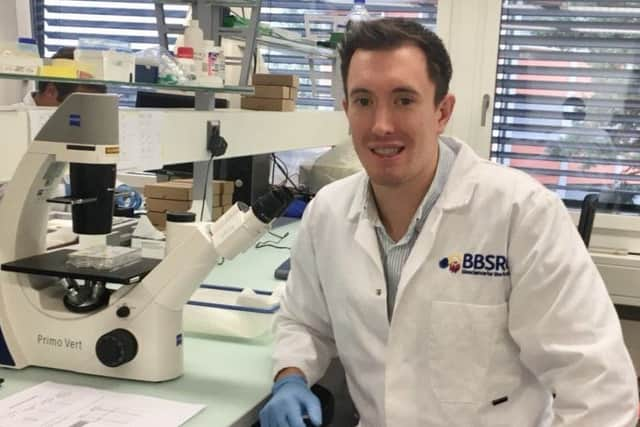Lancaster University scientist may unlock the secrets of ageing by sending worms into space
and live on Freeview channel 276
The experiment by researchers from Lancaster, Nottingham, Exeter Universities will see microscopic worms flown to the International Space Station later this year to try to understand what causes astronauts to suffer from spaceflight-induced muscle loss.
Spaceflight is an extreme environment that causes many negative health changes to the body, and astronauts can lose up to 40 per cent of their muscle after six months in space; the equivalent of ageing up to 40 years in terms of loss of strength.
Advertisement
Hide AdAdvertisement
Hide AdThis muscle loss could reduce in-flight performance and threaten astronaut health on longer missions.


The worms being used in the Molecular Muscle Experiment are known as C. elegans. Despite being only 1mm long in adulthood, they share many essential biological characteristics with humans.
Previous experiments have shown they display similar biological changes in space to humans, including alterations to muscle and the ability to use energy.
Dr Chris Gaffney, lecturer in Sports Science at Lancaster Medical School, is a member of the Scientific Team who has been centrally involved in the project.
Advertisement
Hide AdAdvertisement
Hide AdHe has just returned from Switzerland where he participated in Experimental Sequence Testing in preparation for the launch from Florida later this year.


As well as benefiting spaceflight and scientific exploration of the solar system, Dr Gaffney considers the Molecular Muscle Experiment to have benefits closer to home in the treatment of ageing and conditions such as Type 2 Diabetes.
Dr Gaffney said: “If we ever want to go to Mars or undertake long-term exploratory spaceflight, then muscle atrophy is a problem that we must solve. As it stands, it would be unethical to send someone to Mars knowing the potential consequences to their health on their return. The work we are doing is also very relevant to understanding the ageing process, as spaceflight is considered a model of accelerated ageing. With an ageing population, new insights from this experiment are more relevant than ever.”
The worms are in liquid bacterial feed and are sealed in a special gas permeable plastic bag. The plastic bags are then housed in a special incubator.
Advertisement
Hide AdAdvertisement
Hide AdThe worms reproduce in space and after growing to adults, in around 6.5 days, they will be frozen until returning to Earth.
Understanding the causes of muscle loss in space and using this knowledge to find effective therapies could also help develop new treatments for muscular dystrophies, help understand ageing muscle loss and even help improve treatments for diabetes.
Dr Gaffney, whose previous research into skeletal muscle has involved working with elite athletes, hopes the experiment will help find the exact cause of muscle loss while in space.